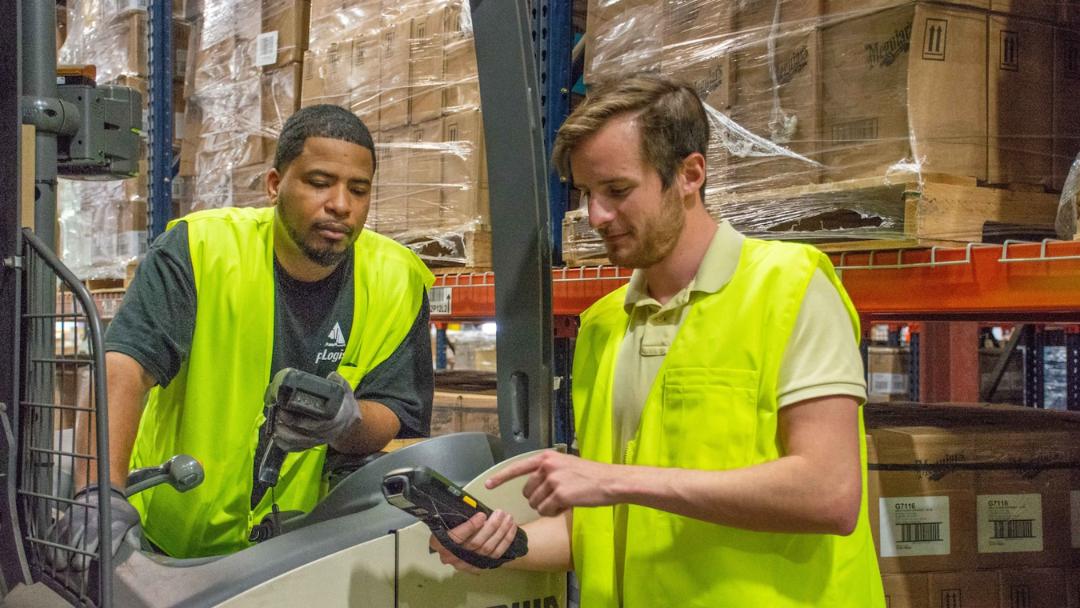Amidst a tight labor market and a critical shortage of workers in the manufacturing industry, retaining employees is a top priority for most companies.
According to The National Association of Manufacturers' Outlook Survey, "attracting and retaining a quality workforce" was listed as the third most critical business challenge, with 80.7% of employers facing this issue.
However, as costs rise and companies face more pressure to reduce expenses, employers should be aware of how their actions can affect their workforce and, ultimately, the business's bottom line.
How much does employee turnover cost?
The U.S. Bureau of Labor Statistics says that the manufacturing industry experiences about a 39.9% employee turnover rate .
That figure alone can significantly impact your bottom line, as the estimated cost of replacing a worker ranges from 0.5x- 2x their annual income, according to management consultancy firm Gallup.
However, the cost of turnover is not only financial. It can also put a strain on your company culture, reduce employee morale and increase the chances that other employees will leave as well.
Employee retention strategies that won't cost you a dime
In an ideal world, you would have unlimited funds to keep your employees happy and engaged. But the reality is that while high pay is one of the most critical factors, it's nearly impossible to maintain a perfect retention rate with only monetary compensation as an option.
So, what other options do you have? Here are some ideas that will help your manufacturing company save money in the long run:
1. Foster a culture of internal recognition.
When an employee leaves, the work and responsibilities often fall to another person. But this means that someone is now doing double duty — a costly domino effect on productivity and motivation.
In such situations, it's vital to encourage your employees to recognize each other for their hard work and accomplishments.
This can be as simple as a lunchtime award ceremony or sending an email praising someone's efforts. When you consistently give positive feedback, it boosts morale and helps increase retention rates over time.
2. Focus on well-being.
Manufacturing workers' physical and mental health is essential to employee retention.
Workers should be able to balance their work, personal and home life. Consider allowing employees to take breaks when needed and provide them with a clean, safe and comfortable workspace.
3. Listen to your employees.
When you listen to your employees, it shows that you care about what they have to say. This can help build trust and improve communication between management and workers.
It's also an excellent way to learn more about what makes your employees happy in their jobs, which can help you better retain them.
4. Hire effectively.
NAM's Outlook Survey found that most resignations occur within two months of starting a new job. This is evident in their survey: hiring the right people can make all the difference.
To hire effectively, be transparent about expectations, responsibilities and compensation.
Want to learn more about how we can help?


